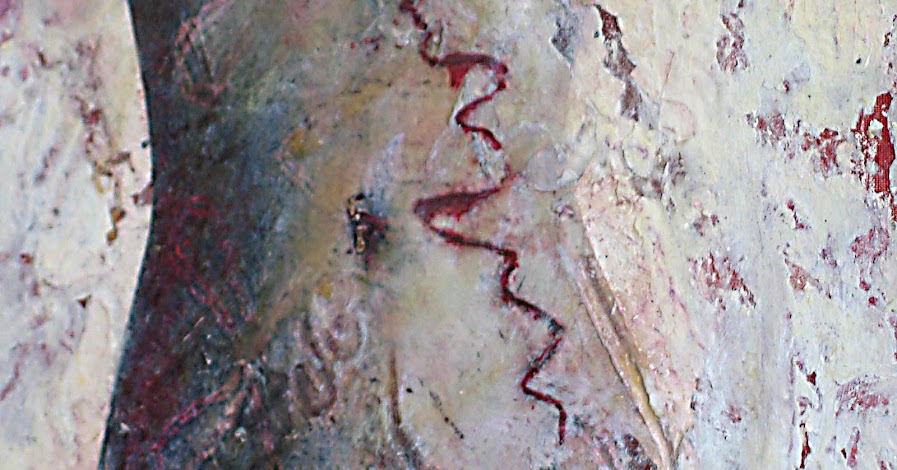 |
| Mona Lisa by the workshop of Leonardo da Vinci |
In the realm of artistic expression, painting has long been a cherished medium. But with the rise of digital technology, a new form of artistry has burst onto the scene - digital painting. And, its caused quite a stir among artists and art enthusiasts regarding the merits of traditional painting versus digital. Pfft!! I think all art should be celebrated, regardless of the medium.
Sure, digital art is a relatively new concept for some, and there are those who think the computer does all the work which is far from the truth (okay, AI can do that, but that's a whole other discussion). I can understand these ideas, but why not embrace the old and the new?
I love traditional and digital painting, and I'd like to share a bit about my experiences with both media. As a traditional artist, I relish the tactile experience of brushes gliding across canvas, the heady scent of turpentine and the feel of paint beneath my fingers. It's a sensory feast that connects me deeply with my artwork. But when I ventured into digital painting, a whole new world opened up.
The flexibility to experiment with endless brushes, colour combinations, and textures is incredibly liberating and a place where I can quickly push the boundaries. And fixing mistakes is a breeze. If the background isn't working or the colours clash, I can easily make changes without destroying the entire piece.;
However, there are downsides to consider. It's easy to fall into the trap of perfectionism. I've lost track of the hours spent trying different backgrounds, palettes, and brushes, often over-rendering the piece and losing sight of its original intention or story. Decision-making becomes challenging when faced with endless options, leading to a loss of spontaneity—an essential element of artistic expression.
Too many brushes and layers can slow down your process as you keep switching between them, hindering spontaneous creativity
Traditionally, my preferred medium is oils but I also enjoy watercolour and acrylics. Watercolour is great because it kinda paints itself if you let it. It's hard to control so you can end up with serendipitous outcomes which often make the piece. While replicating this digitally is a challenge, I have used a watercolour painting as a starting point for a digital portrait, allowing its influence to guide my decisions on colour and texture.
Throughout my 20-year journey as a fine artist, there has been an undeniable charm to traditional drawing and painting that captures my heart. The physical materials, and the subtle nuances created by brushstrokes all contribute to a sense of craftsmanship in my work. Stepping into the digital realm hasn't ended my love affair with fine art; instead, it has expanded my creativity. We are allowed to love both 😉!
Part of being an artist or an enthusiast is being open to what we don't yet understand (AI excluded, of course 😝). Digital painting is just another form of painting, no more or less valuable than its traditional counterpart. If Andy Warhol or Leonardo da Vinci were here today, I believe they would embrace it.
If you got this far, thanks for sticking it out until the end, and if you enjoyed this post, please share the love.
Have a great weekend 💕





